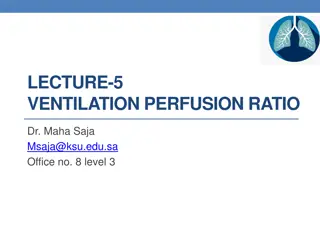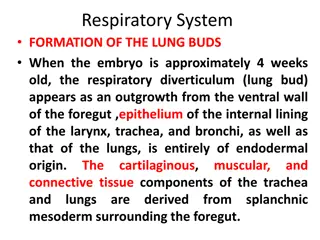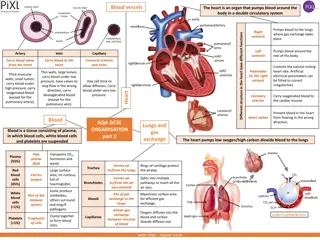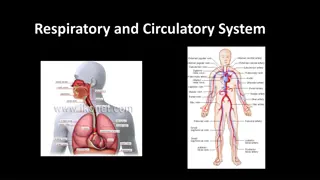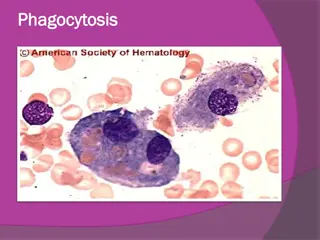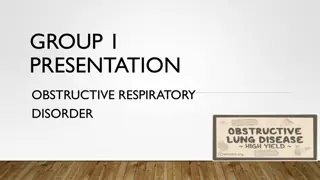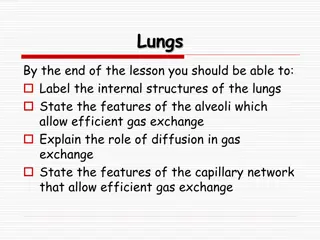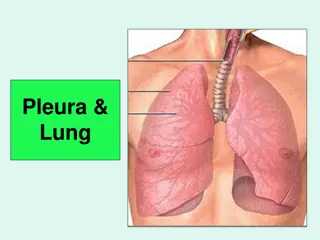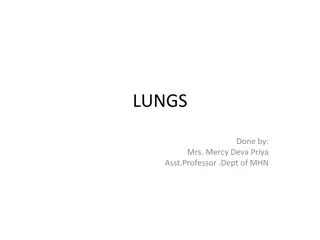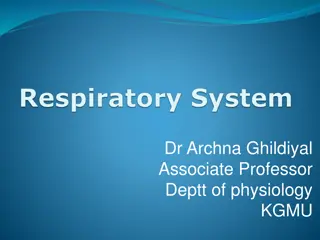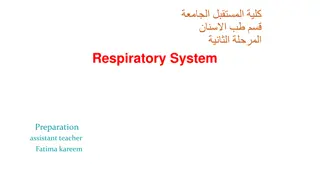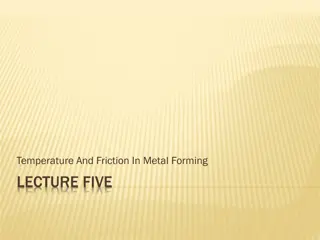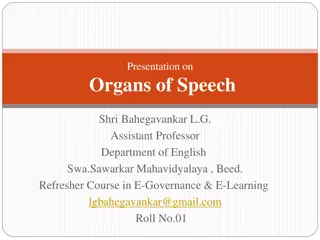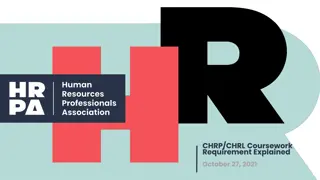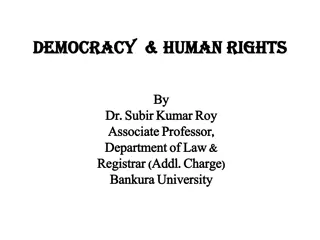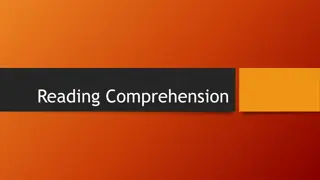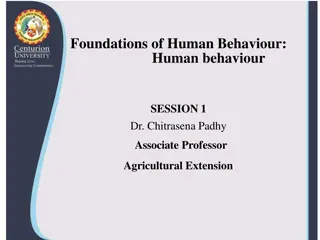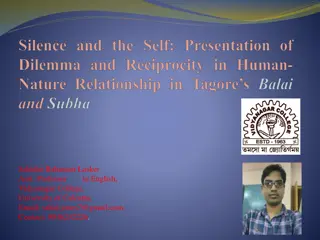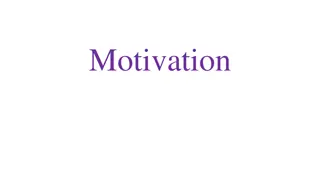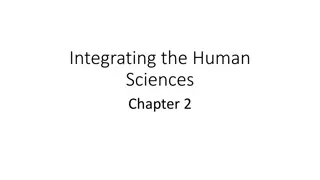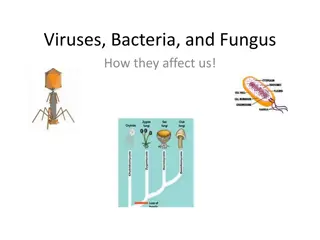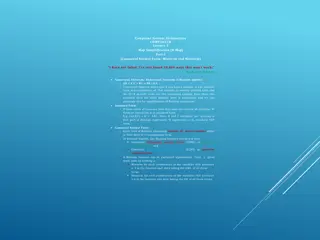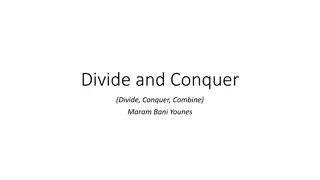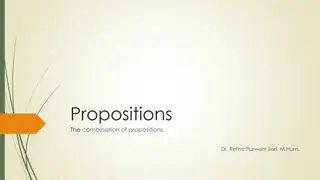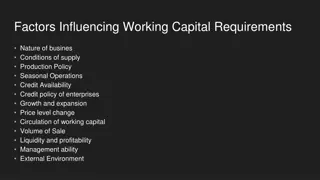The Intricate Working of the Human Lungs Explained
The human lungs play a vital role in the efficient exchange of gases to provide oxygen for cellular growth and remove waste gases. Unlike some organisms that can use cutaneous respiration, humans rely on their lungs, which work in harmony with the cardiovascular system. Through a complex process involving bronchioles, alveoli, and pulmonary veins, oxygen is absorbed and circulated throughout the body for various cellular functions.
Download Presentation

Please find below an Image/Link to download the presentation.
The content on the website is provided AS IS for your information and personal use only. It may not be sold, licensed, or shared on other websites without obtaining consent from the author. Download presentation by click this link. If you encounter any issues during the download, it is possible that the publisher has removed the file from their server.
E N D
Presentation Transcript
The Human Lungs Some organisms can breathe through their skin, or to put it in a more scientific way, they have a large surface area to volume ratio and so their body cells can obtain enough oxygen to support cellular growth and replication by diffusion through the skin. The scientific name for this is CUTANEOUS RESPIRATION and in some organisms it is the PRIMARY method of obtaining oxygen. Some organisms can breathe normally as they also have lungs (or their equivalent) but may also use cutaneous respiration to obtain additional oxygen. Cutaneous Respiration is possible with organisms with a large surface area to volume ratio as the oxygen absorbed does not have far to travel from skin to where it is needed.
The Human Lungs Humans, as well as certain other organisms, have too much body volume to provide oxygen for, so diffusion through the skin would not be able to supply sufficient oxygen to support cellular need. Oxygen is collected in the lungs, and waste gases expelled from them. The lungs work in conjunction with the Cardiovascular System to feed the body with sufficient oxygen to support cellular growth and replication.
The Human Lungs The Surface Area to Volume Ratio needs to be very high for our oxygen needs to be adequately handled with simple diffusion. Because we have a relatively low SA:V ratio we need a more efficient gas exchange system, so we have lungs. Let s take a look at a close up view of the internal workings of the human lung, and look at the parts.
The Human Lungs The Bronchiole is fed oxygen from the Bronchus which is in turn fed by the Trachea (Windpipe) Pulmonary arteries carry blood to the Alveoli where they give up waste gases such as carbon dioxide by diffusion to be expelled (breathing out) Alveoli allow oxygen to diffuse into the Pulmonary veins. Pulmonary veins carry oxygenated blood to the Heart where it is pumped through the Aorta to circulate around the body.
The Human Lungs The Bronchiole is fed oxygen from the Bronchus which is in turn fed by the Trachea (Windpipe) Pulmonary arteries carry blood to the Alveoli where they give up waste gases such as carbon dioxide by diffusion to be expelled (breathing out) Alveoli allow oxygen to diffuse into the Pulmonary veins. Pulmonary veins carry oxygenated blood to the Heart where it is pumped through the Aorta to circulate around the body.
The Human Lungs Let s have a closer look at an ALVEOLUS: The capillaries are a fine network of blood vessels which surround the alveolus and allow gas exchange across the membrane (which is only 1 cell thick ) by diffusion
The Human Lungs There are around 400-700 Million alveoli in our lungs One cubic millimeter of lung tissue contains around 170 alveoli. While the total number can vary from one person to the next, there are literally millions within the human lungs spanning a surface area of roughly 70 square metres.
The Human Lungs DIFFUSION of the gases is from HIGH to LOW concentration so you can see why O2 diffuses IN to the BLOOD and CO2 diffuses OUT of the BLOOD (discuss)
The Human Lungs When the oxygenated blood arrives at its destination, it once again enters the cells by diffusion (high to low) and waste gas CO2 leaves the cell by the same method. Blood which has been enriched with CO2 eventually returns via the venous system to the alveoli where once again, diffusion occurs to expel it fom the lungs.
The Human Lungs Q1. The tube that leads from the throat down into the lungs is the > TRACHEA BRONCHI Q2. The tube named above splits into two tubes called > leading left and right. Q3. The gas exchange between the air sacs in the lungs takes place by what process? > DIFFUSION Q4. The air sacs are called what? > ALVEOLI Q5. What is the name of the gas expelled from the blood into the alveoli? > CARBON DIOXIDE FALSE (ARTERIAL) Q6. True or False: Blood enters the lungs through the venous system?> ONE CELL Q7. Approximately how thick is the membrane through which diffusion occurs? > Q8. True or False: Humans need lungs because of our high surface area to volume ratio > FALSE (LOW)


